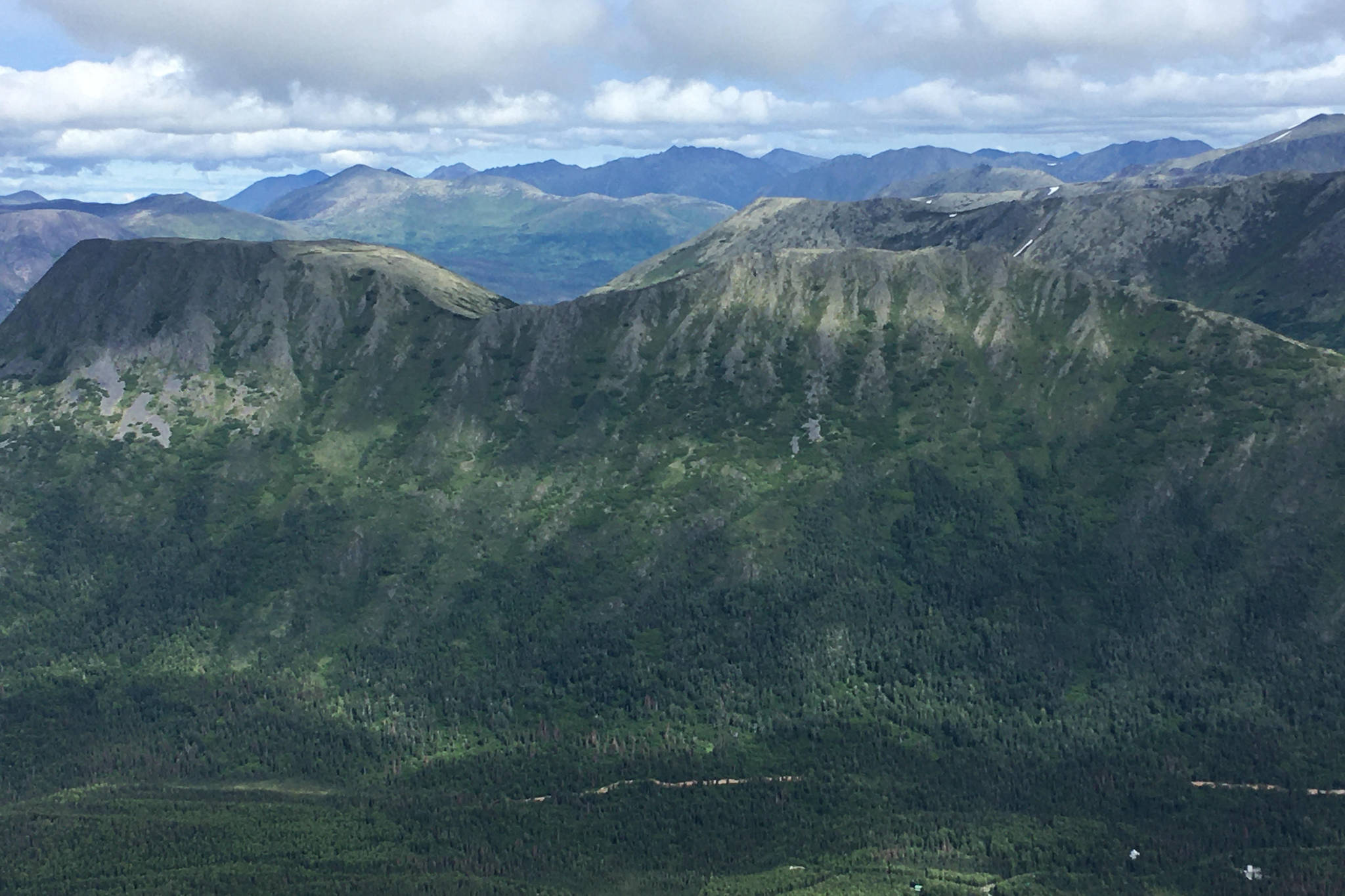Summer work on the Cooper Landing Bypass Project will range from widening lanes to cultural preservation and is expected to cause some traffic delays in the area.
The project aims to alleviate congestion on the Sterling Highway, bring some existing roads up to current highway design standards and improve highway safety. The project will see the construction of about 10 new miles of roadway, beginning at Milepost 46.2 and ending at Milepost 56 of the Sterling Highway. Final completion of the bypass is not expected until 2025.
Travelers on this section of the Sterling Highway this summer should expect some traffic delays as the state works on the west end alignment, near Milepost 56. Project Manager Sean Holland with the Alaska Department of Transportation and Public Facilities said Monday that work will focus on the first 2 miles of the project, near the west end of the existing alignment.
Work will include upgrading the existing roads to meet current rural highway standards, including widening lanes to 12 feet and shoulders to 8 feet. Retaining walls and wildlife crossings are also part of the planned work. Holland said they want to schedule work at night and around weekends to keep disruptions to regular traffic flow as minimal as possible, but that people should still expect delays.
“There’s going to be some significant traffic delays there probably this summer — no ‘probably’ about it, I guess,” Holland said.
Another element of the work planned for this summer, Holland said, is collaboration between the DOT and the Kenaitze Indian Tribe. Part of the new alignment goes through the Squilantnu Archaeological District, including some known historical sites. Holland said that a team of archaeologists surveyed the area last summer and were able to roughly define the boundaries of some of the sites. Still, Holland said, the project will not be able to avoid the area entirely.
“We were able to import that into our highway design so that, as much as possible, we can avoid those areas with our highway,” Holland said. “Some of those areas are just not avoidable; we’re going to impact them.”
Another team of archaeologists, which Holland said could include as many as 25 people, is expected to continue that work this summer, beginning on June 1 and lasting through October. Representatives and archaeologists from the Kenaitze Indian Tribe will be present at the site to help with identification.
Other efforts will be concentrated on preparing for the construction of a steel deck arch bridge that will cross Juneau Creek and is expected to take about three years to complete. In building the bridge, Holland said they’re going to start at both sides and meet in the middle. In order to open in 2025, however, access to the bridge on both sides has to be built this summer.
When the project is complete, improvements to transportation in the area will include reconstruction of the east and west ends of the existing roadways, the construction of 10 new miles of roadway north of Cooper Landing and the Kenai River, a new parking lot and trailhead at Resurrection Pass, new intersections at the connection of the new and old roadways, a new bridge that will cross Juneau Creek Canyon and four new wildlife crossing structures. One of those structures will be Alaska’s first wildlife highway overpass.
In all, the project is expected to cost about $375 million with planned completion by 2025. The State of Alaska will cover about 10% of project costs, while the rest will be covered by Federal Highway Trust Funds.
More information about the project can be found on its website at sterlinghighway.net.
Reach reporter Ashlyn O’Hara at ashlyn.ohara@peninsulaclarion.com.

